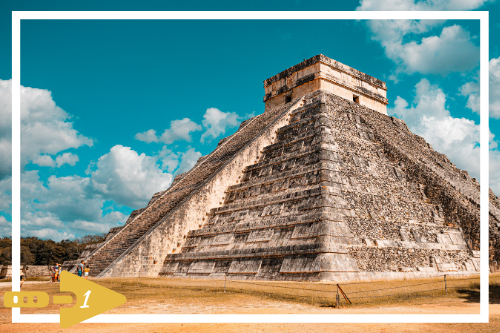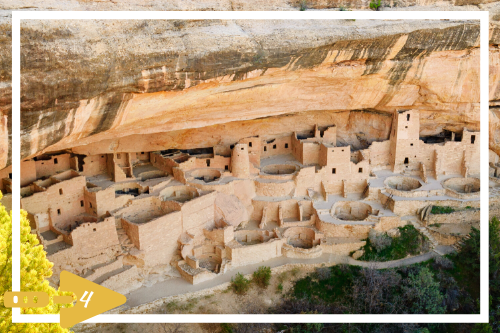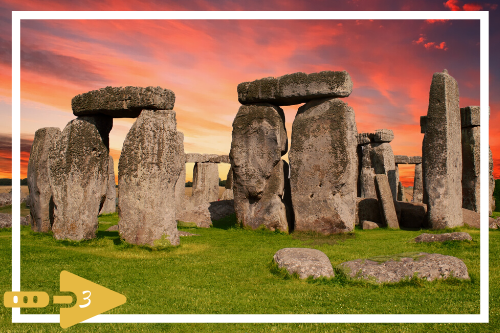
Seeing Underground
Dr. Arty Fax’s Archy Facts is a weekly blog introducing kids (currently stuck at home) to the exciting world of archaeology!
This week we are going to look at different ways that archaeologists can see underground in order to have some idea of where sites are located and where they should EXCAVATE if needed. Excavation is just a big, fancy word for digging in a very organized manner, recording everything along the way. Next post we will learn more about excavation.
 Do you know what archaeological site is pictured at the top?
Do you know what archaeological site is pictured at the top?
Scroll down to find out!
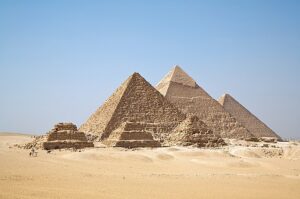
There are many ways archaeologists can decide where to dig. Sometimes, there are obvious remains like artifacts, structural features, or even a whole building that can be seen on the surface of the ground. You can’t miss those ancient Egyptian pyramids! Other times, farmers, builders or even animals may accidentally uncover remains from the past.
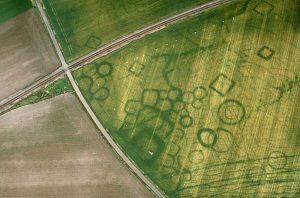 But when the past really is buried, archaeologists must search for clues like unusual mounds, ditches, or soil marks that would indicate there is something under the surface in need of investigation.
But when the past really is buried, archaeologists must search for clues like unusual mounds, ditches, or soil marks that would indicate there is something under the surface in need of investigation.
Did you know that crops will grow taller over a ditch, and shorter over a mound?
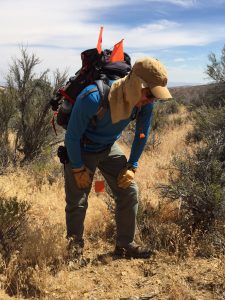
 These types of features may be spotted using aerial photography from DRONES, or looking at old photos, books, and maps of the land. Or they be identified in person when conducting a pedestrian survey. A PEDESTRIAN SURVEY is a way archaeologists will map an area by walking a grid looking for exposed artifacts and other features.
These types of features may be spotted using aerial photography from DRONES, or looking at old photos, books, and maps of the land. Or they be identified in person when conducting a pedestrian survey. A PEDESTRIAN SURVEY is a way archaeologists will map an area by walking a grid looking for exposed artifacts and other features.
 Ground penetrating radar (GPR) is used to locate artifacts and features hidden below the surface. That’s like having superhero x-ray vision!
Ground penetrating radar (GPR) is used to locate artifacts and features hidden below the surface. That’s like having superhero x-ray vision!
So how do some archaeological sites get buried in the first place? Things left on the ground get buried over time, leaves can fall on it, dust and debris blow onto it, and rain can cause dirt to cover it. Sometimes larger natural forces and disasters can cause this to happen quickly instead of over many years. Just think – after thousands of years, items left behind can be deep in the ground.
Archy Facts @ HOME ACTIVITY
Read a bit more about Seeing Underground. Can you decide where to dig?
![]() Stonehenge
Stonehenge
Wiltshire, England
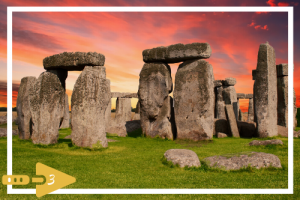
Fun Facts:
The main circle at Stonehenge was built around 2500 BC, however the first monuments date to 5,000 years ago. Two types of stones are used, smaller bluestones and larger sarsens. The larger sarsen stones weigh over 48,000 pounds! Can you believe it? No wonder there is an old myth that Stonehenge was built by giants.
Read more about Stonehenge here and here.
Want to learn more?
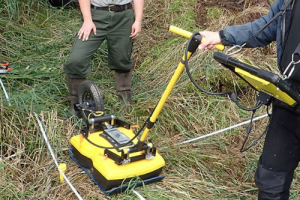
Check out:
Dig Deeper: How Do Archaeologists Know Where to Dig?
Archaeology 101 Exhibit


